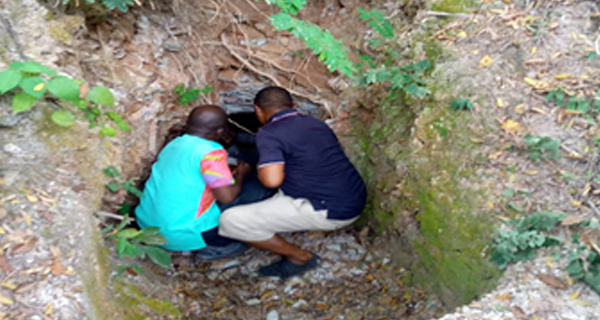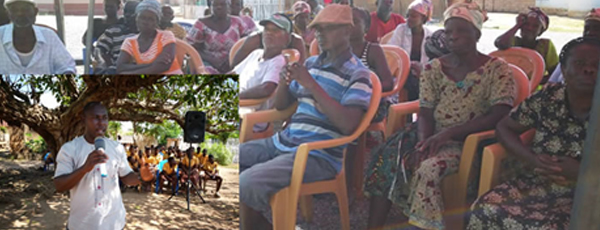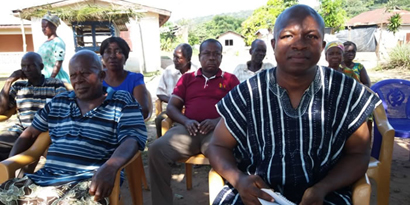Discovery of Kaolin in Awate Traditional Area, Volta Region―Ghana

Kaolin is a soft white mineral that has a large array of uses. It is most commonly found in the form of a fine clay that was originally produced in China, which is why this material is sometimes referred to as “China clay.”
The word kaolin is now used as a loose trade and geologic term to refer to white clayey rock that is predominantly composed of Kaolin Group (Khandite) minerals. The most common constituent is the mineral Kaolinite. Kaolinite is a layered Silocate made of alternating sheets of Octahedrally coordinated Aluminum and Tetrahedrally coordinated silicon that are bonded by Hydroxyl groups. Kaolinite is represented by the chemical formula Al2Si2O5(OH)4 and it most often occurs as clay-sized, Platelike, Hexagonally shaped crystals.
Kaolin is most commonly used in the paper-coating industry. It is also used as a filler (added to plastics and rubber compounds); as a pigment additive in paints, in ceramics (Tile, Bathroom toilets and Sinks), and in pharmaceuticals.
Among its many uses are: Paper Industry, Medications, Skincare Products, Porcelain, and Cosmetics.
NCCE, GII Sensitize Citizens on the Effects of Corruption
The National Commission for Civic Education (NCCE) in collaboration with Ghana Integrity Initiative (GII) and Community on Human Rights and Administrative Justice (CHRAJ) held a community durbar on corruption in Awate Todzi in the North Dayi District.

Bright Elikem Agbagba from GII stated in his address that corruption has negative effects on the economy and also urged them to join the crusade to fight corruption for a better Ghana by reporting corrupt officials to the appropriate authorities.
Also the District Police Command DSP Avornyo stated emphatically that the police are putting measures in place to curb corruption and further encouraged the people to report every corrupt act they witness.





